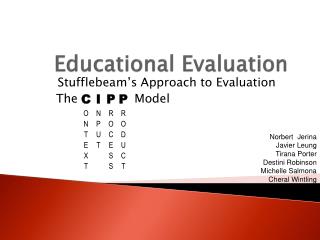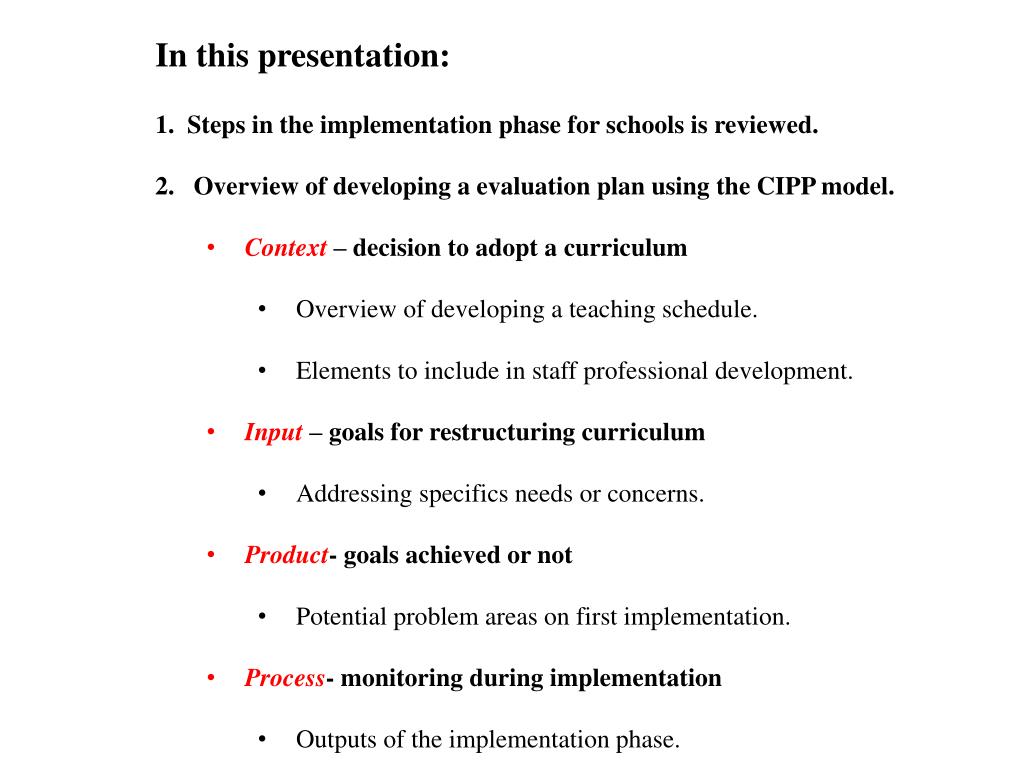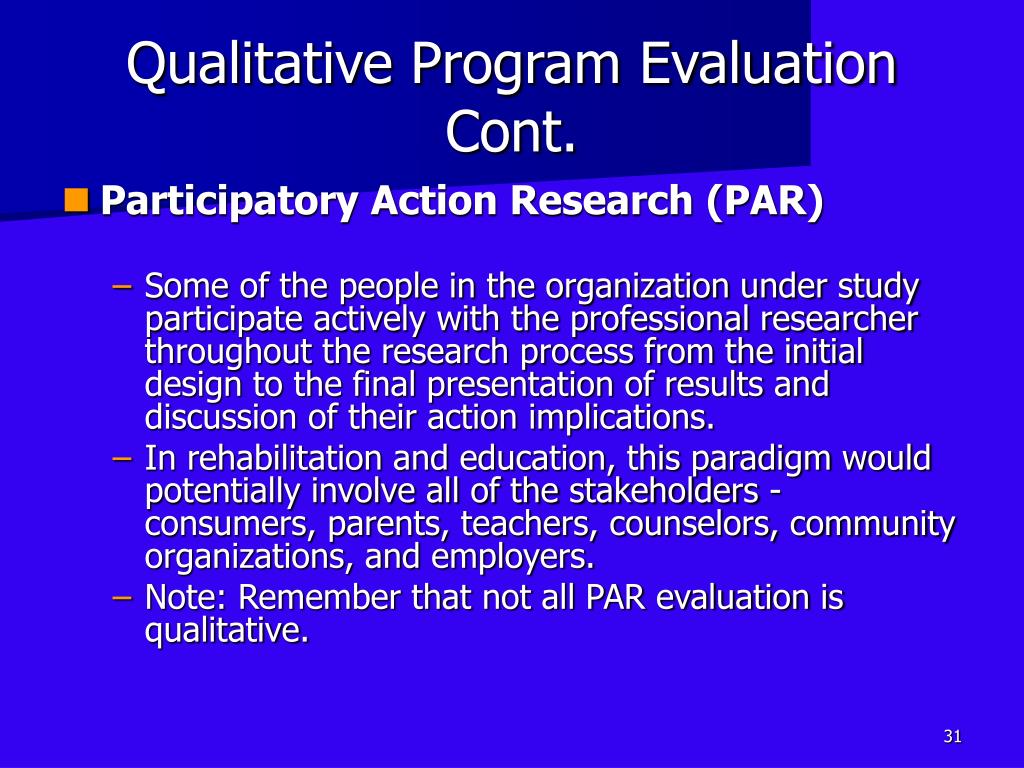

The reason is that the low value of the evaluation process is the different materials tested with those taught during the program, lack of socialization and communication, and discipline. but there are problems in the process of implementing the program (79.51%), which has the lowest value. The program has been implemented in accordance with its context and has been in accordance with the inputs specified in the program implementation guidelines. This evaluation study ("primary data" quantitatively and qualitative "secondary data") was carried out in the Department of Civil Engineering (Building Tehcnique Education/PTB), Faculty of Engineering, Padang State University (conducting lecturer interviews), online questionnaire (for PPG SM-3T participants), and SMK N 1 and SMK N 5 in Padang City (interviewing teachers involved in the program). In addition, capability evaluation is an absolute capability that must be possessed by humans in the era of industrial revolution 4.0. Based on the existing problems, this program must be comprehensively evaluated using the context, input, process & product (CIPP) model. "What is the perceived impact of the program on K-12 preservice teachers?" (Product).The low percentage of 2017 PPT 3T SMT graduates (41.26%) in the National Examination and there are several study programs that did not pass (0%) causing this program to be evaluated. "How is diversity training for K-12 preservice teachers implemented programmatically?" (Process) 4. "What resources/instructional methods/other materials addressing LGBT diversity issues are made available for K-12 preservice teachers?" (Input) 3. "What is the local climate surrounding University X as it relates to LGBT issues?" (Context) 2. "CIPP Program Evaluation Research Questions." 1.

This CIPP evaluation model focused on the formative (Content, Input, and Process) and summative (Product) approaches to improvement of projects, programs, personnel, products, institutions, and systems within the K-12 preservice teachers degree program.


This research focused on each of the four CIPP components through document analysis of targeted courses and qualitative interviews of program stakeholders. The purpose of this program evaluation was to examine the four components of the CIPP evaluation model (Context, Input, Process, and Product evaluations) in the diversity training program conceptualization and design delivered to College of Education K-12 preservice teachers at a large university in the southeastern United States (referred to in this dissertation as University X) as the training relates to LGBT issues.


 0 kommentar(er)
0 kommentar(er)
